Not actively managing your company’s reputation is one of the easiest ways to sabotage the growth of your business. Customers will go to great lengths to support you long-term if they trust you. (The same goes for employees, stakeholders, and others who have the power to impact your business.)
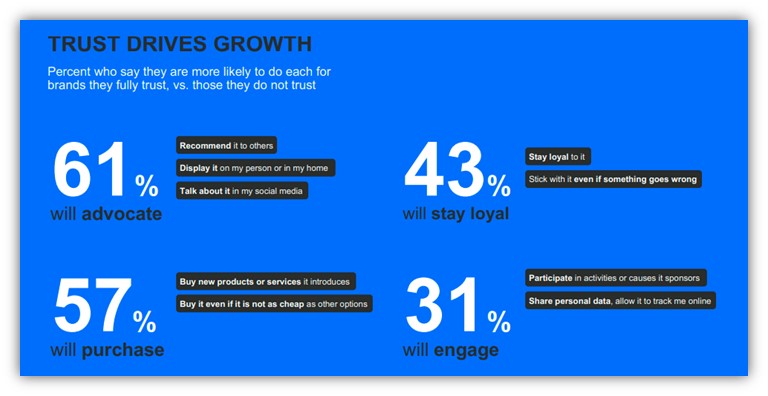
But trust must be earned. It’s up to you to be intentional about shaping your brand reputation or, in other words, the way the world perceives your company. Today, we’ll give you the tools you need to build your brand reputation (and avoid brand reputation killers). Plus, we’ll walk through how to accurately measure brand reputation for your business. Let’s get started!
What is brand reputation?
Your brand reputation includes everything that impacts how the general public perceives your brand, such as your:
- online presence
- ratings and reviews
- brand consistency
- employer branding
- customer service
- corporate responsibility
- customer loyalty
- company mission statement
- brand identity
- and much more!
Clearly, your business’s reputation goes beyond branding basics and encompasses all parts of your marketing strategy.
Why is a good brand reputation important?
While we already touched on a few core data points behind the importance of brand reputation, you may also want to consider these statistics:
- People are willing to pay 22% more for a product or a service from a business with a good brand reputation.
- 81% of consumers said they only buy from a brand once they can “trust the brand to do what’s right.”
- Over 93% of customers look at a business’s brand reputation before making a purchase.
In short, a strong brand reputation is important because can help you get more customers fast and accelerate your business growth.
Good brand reputation examples
Good brand reputation examples are all around us. Think about some of your favorite brands that you love to do business with. They might not always be the biggest name in the game, but they’re usually businesses that you know you can trust and rely on. Or, you might be thinking of a business that has a mission that aligns with your personal values.
For instance, Patagonia is a good example of a business with a stong brand reputation. The retailer is known for its long-lasting outerwear and nonprofit work to combat climate change.

Adobe is another business to look at for a good brand reputation example. The brand is well-known for its reliable creative solutions and offers discount programs to people who need its products most, like students and teachers.
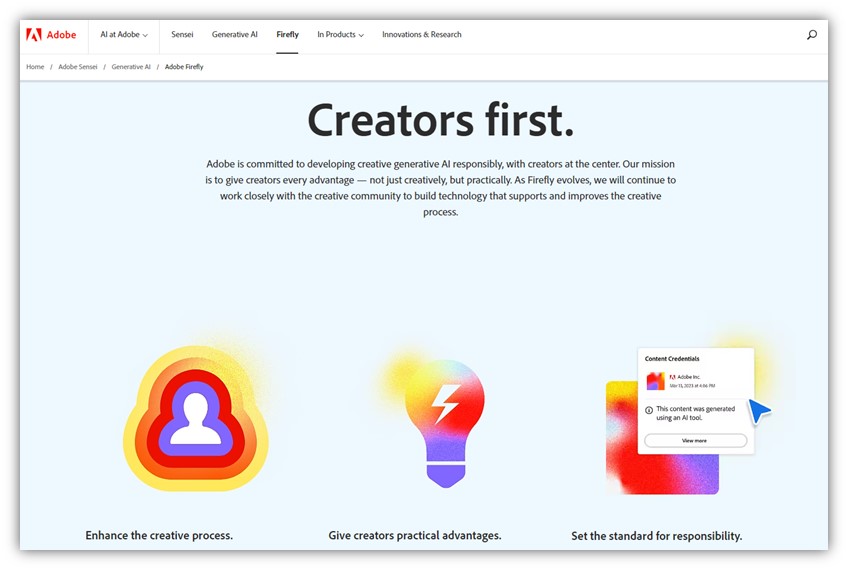
On a smaller scale, this local business has an excellent brand reputation. It has leaned into its local community and expanded its website offerings to meet the varying needs of its customers.
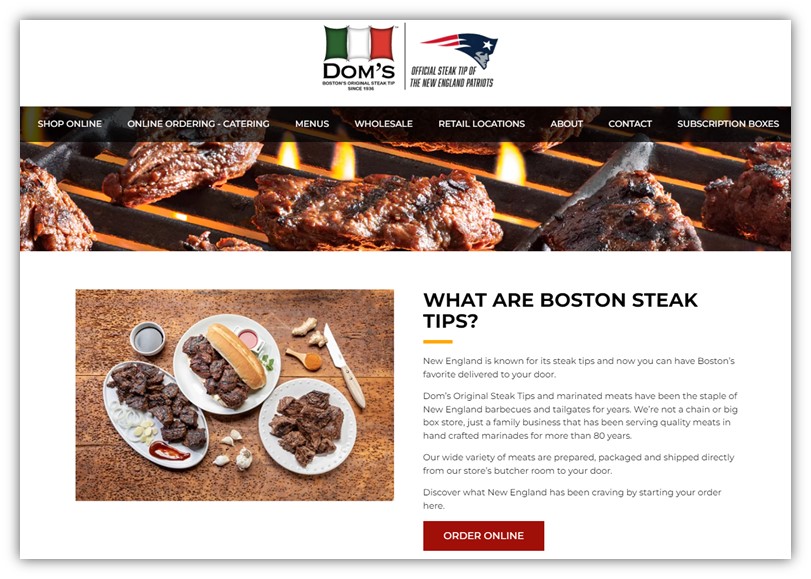
What threats are there to your brand reputation?
You might be thinking, “I don’t intentionally try to manage my company’s reputation now and we’re not doing too bad. Why does this matter?” Simply put: You’re not in total control of how your brand is perceived so you need to retain as much control as possible. There are three main things that can tank your reputation:
- Damaging claims. Whether in the form of bad ratings or reviews, misinformation, or even rumors, what people say can hurt your reputation. Especially if their comments attract a lot of attention or there are several people with negative things to say. In fact, one negative review can cause a 22% loss in business. Four negative reviews can be responsible for an approximate 70% loss of business. Not only that, but it takes about 40 positive reviews to offset the impact of one negative review.
- Competitor noise. Your competitors may not try to hurt your reputation maliciously. But, in the normal course of trying to stay top of mind among their (and your) potential customers, they can overshadow your reputation. If they can be just a little more visible or seem that much more professional or cost-effective or [insert another adjective here], your company may start to look less desirable to customers.
- Changing preferences. What customers want, need, and expect changes over time. If you’re not keeping up with those changes—especially if your competitors are—it won’t go unnoticed. As a result, you could lose potential and current customers to your competitors.
Bottom line: For your company to thrive, you need to actively build and protect your good reputation. The first step is realizing that reputation doesn’t start with you saying your company is great but taking no action to back it up. It starts with the values that form the foundation of your company and how well you stick to them. You actually need to care about how people perceive you, understanding that it directly impacts your ability to do business long-term.
9 ways to build a better brand reputation
Although not everything is in your control, there’s plenty you can do to earn and maintain a good company reputation.
1. Think through every aspect of the customer experience
61% of customers would leave your business for a competitor after just one bad experience. That’s a 22% jump from just last year! Not only that, but after two negative experiences, 76% of customers would leave you for a competitor.
As you can see, there’s a small margin for error. It’s critical that you understand from customers’ perspectives where friction exists in the customer experience so you can reduce or eliminate it. This may involve:
- Improving your website or app’s navigation or user interface.
- Responding to custom inquiries and concerns faster and in a more professional way.
- Offering additional payment options for convenience.
- Offering faster or cheaper shipping options.
- Providing more high-quality product photos and videos.
- Giving incentives or rewards to longtime or repeat customers.
- Simplifying your return, exchange, and refund policies to reduce friction for customers.
You can likely identify some of these areas for improvement yourself. But you’d be smart to invest in user testing to get customers’ unfiltered thoughts and find issues you may not have noticed.
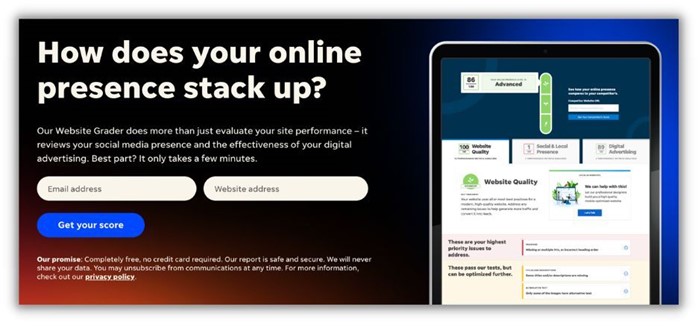
The LocaliQ website grader can help you improve your website for a better customer experience and a stronger brand.
2. Request honest feedback
Unfiltered feedback from your ideal, current, and past customers is the best source of ideas for how to improve your brand reputation. It will reveal not just what people like about your brand but what you can do better.
The key, though, is not to expect people to volunteer this feedback. It’s your job to ask for customer feedback and, in fact, it should be a habit. Simply asking for reviews can go a long way, as 70% of people are willing to leave a review when asked.
To start, try to make it as easy as possible for your customers to give reviews. For example, you could create a QR code customers can scan that would link them to your review sites. Or, if you’re creating a customer survey, stick to quick and simple feedback questions.

3. Handle negative feedback wisely (short-term and long-term)
To piggyback off of the previous advice, at some point, you will get negative feedback. Whether you feel it’s justified or not, responding with professionalism is essential.
Never resort to arguing with a customer or being snarky, even if you’re only communicating with that customer in private. Just because you’re not being seen on a public review site, for example, doesn’t mean the customer won’t spread the word about their bad experience with you. In fact, they most likely will. So, handle negative reviews and comments the same way you’d like a company to handle your comments and concerns.
Additionally, don’t view complaints individually. If you notice patterns in the feedback you’re receiving, shift to focusing on prevention instead of only being reactive.
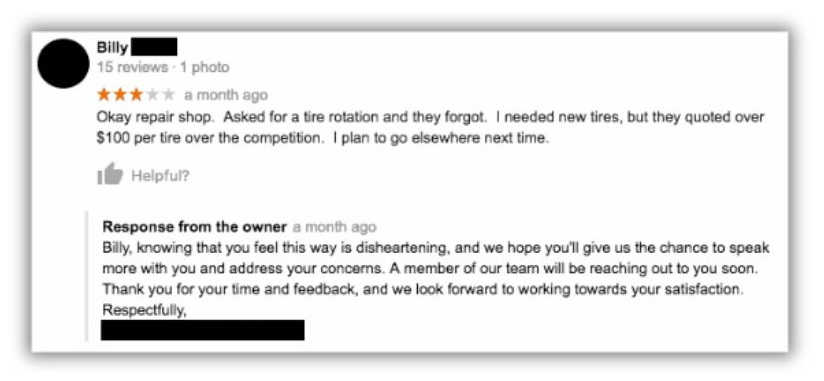
4. Engage with ideal and current customers
All else equal—price, quality, convenience, etc.—which business would you support? One that’s cold and impersonal or one where the employees are friendly and go out of their way to show an interest in you? You’d probably pick the latter, and the same is true of your potential, current, and past customers.
Hence the reason it’s important to engage with customers. That could mean making polite conversation with folks who visit your physical location or, in this digital age, regularly responding to comments on social media. Your interactions shouldn’t feel purely transactional; prioritize building customer relationships.
5. Foster brand advocacy
Got a loyal group of customers who love doing business with you? Encourage them to share their enthusiasm. There are many ways to do this:
- Ask for referrals periodically.
- Gather written or video testimonials that you can use in your marketing.
- Collect and promote user-generated content.
- Start a customer loyalty or referral program.
People tend to trust other consumers, especially if they are family, friends, or other respected individuals. So, if you can get your happiest customers to promote your business, you can more easily attract new customers. And consider other brand awareness campaigns.
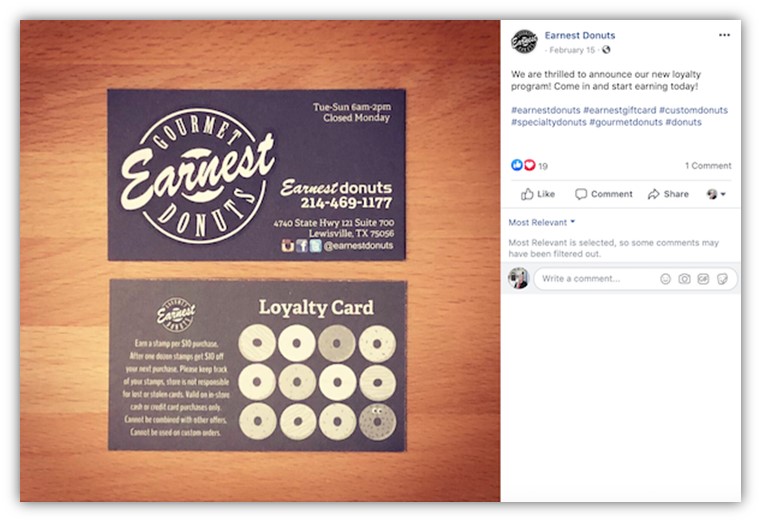
6. Hire the right employees
The people you hire to represent your brand can impact its reputation—for better or worse. You need more than just live bodies or even people who are well-qualified on paper. Screen for attitude and work ethic. Seek people who have the same core values as you (e.g. kindness, professionalism, reliability), and who can share how they embody those values in daily life.
7. Treat employees well
“I don’t get paid enough for this.” It’s easy for employees to fall into this lackadaisical attitude when they don’t feel fairly compensated, appreciated, or are otherwise in an unhealthy work environment. In contrast, happy employees are more likely to go above and beyond for you and for customers. And the better the customer experience you and your employees provide (consistently), the better your brand reputation will be.
What should you do beyond hiring people who already embody your core values and have a strong work ethic? Focus on building a positive company culture, as well as supporting and recognizing each employee individually.
8. Set and stick to brand guidelines
Consistency is key to building and maintaining a good brand reputation. If your marketing messaging is constantly changing or you have no distinct brand voice, for example, it can cost you respect.
Without a consistent brand reputation, you may look less professional or trustworthy than competitors. Your business will be less memorable than it would be if you were intentional about making it known for one or a few distinct attributes. And your ideal customers may even be confused about what you offer and why they should be interested in it, costing you sales.
To prevent this, create guidelines for both your messaging and visual brand. Stick to them yourself and ensure that anyone representing your company (e.g. social media managers) do also.
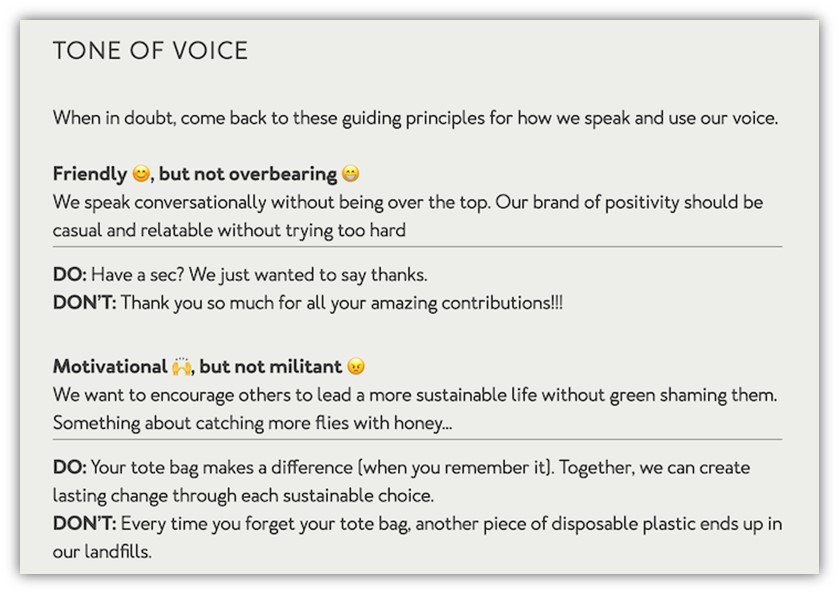
9. Prepare for mishaps in advance
Despite your best efforts, things can go wrong and impact your brand reputation negatively. An unhappy customer (or even a past employee) could leave a damaging review. Human error or technical issues such as site outages may cause inconveniences for customers. Your brand may need to respond swiftly to local or global crises or tragedies without being insensitive. The list goes on and on.
While you can’t prepare for every possible scenario, you should have a general plan for how to handle situations like the above if and when they arise. This will keep you from making snap decisions that could hurt your reputation.
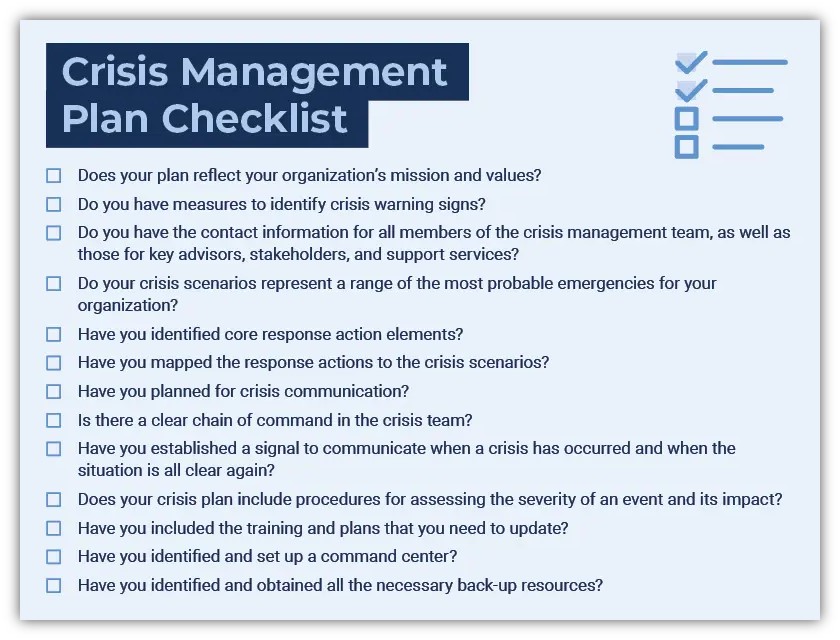
A checklist like this can help you prepare to protect your brand reputation in any situation.
How to measure brand reputation
Let’s say you do one or more of the above. How can you know if your efforts are paying off? Here are a few of the many ways to measure brand reputation.
- Customer satisfaction: Periodic or post-purchase surveys can not only reveal how customers feel about your company but also what you’d need to do to improve your reputation.
- Online reviews and ratings: Since starting to improve your brand reputation, have you gotten more and/or better ratings and reviews from customers?
- Google page rankings: Ranking high up on page one of Google for relevant search terms can indicate that the search engine sees you and your site as credible and trustworthy. This can, in turn, positively impact how the people who find you via Google perceive your brand.
- Local search rankings: If you cater to customers in your local area, showing up near the top of relevant search results plays a critical role in making sure people know you exist. Using a keyword tracking tool, see how many local keywords you’re ranking on page one for. And see what positions you’re ranking in, which impacts how much of the monthly traffic for each keyword your website will pull in. (Pro tip: be sure you’re targeting the right keywords for your brand with the Free Keyword Tool from our friends at WordStream.)
- Number of repeat website visitors: A pattern of repeat visits to your blog, for example, can indicate that people are getting value from the information you share.
- Sentiment analysis: How do people feel about your company? You can gauge this by what they say and how they say it when communicating with you, seeking customer support, talking about you on social media, and so on.
- Social mentions: How much are you being talked about on social media? Of course, not all attention is good attention. So, this metric is best combined with sentiment analysis, allowing you to see if positive comments outweigh any negative ones.
- Shares (and bookmarks): People sharing or saving your content often indicates that they’re interested in what you have to say or have respect for your opinions and expertise.
- Conversion metrics: While repeat customers aren’t always satisfied customers, repeat business is often a good sign. You can confirm this with other metrics like those above. Also, look for positive trends like rising average order values or customer lifetime value.
Additionally, a broader way to gauge the current state of your brand rep is to analyze competitors’ reputations. How do you compare on sentiment, mentions, rankings, ratings, and so on? If you’re doing about the same, if not better than your most respected competitor, you’re headed in the right direction. If you’re doing about the same or only slightly better than a less respected competitor, you’ve got work to do.
It would be worth gathering feedback from customers to identify what aspects of the customer experience you should prioritize. Keep tabs on the metrics above and do a thorough analysis at least bi-annually and preferably quarterly to see if and how much you’ve improved.

An example of how the LocaliQ listings solutions dashboard can help you measure your brand reputation.
Take brand reputation management seriously
As mentioned, threats to your business’ reputation come with the territory. While not everything is in your control, there are many things you can do to improve and protect your rep and, more importantly, your livelihood.
To recap, here are the nine strategies for managing and improving your business’s brand reputation:
- Consider each step of your customer experience
- Request honest feedback
- Handle negative feedback wisely in both the short and long term
- Engage with ideal and current customers
- Foster brand advocacy
- Hire the right employees
- Treat employees well
- Set and stick to brand guidelines
- Always have a backup plan
But remember: The time to start managing your reputation isn’t after it’s seriously damaged.
Building trust and earning respect now will make your brand that much more resistant to anything that could tarnish it. Get started by listening to what your target market is saying, whether through reviews of your business or competitors’, social listening, or other means. This intel-gathering period will help you decide the best place to start with reputation management.






